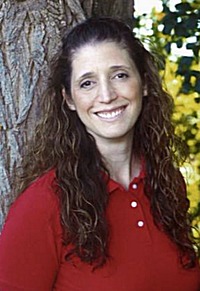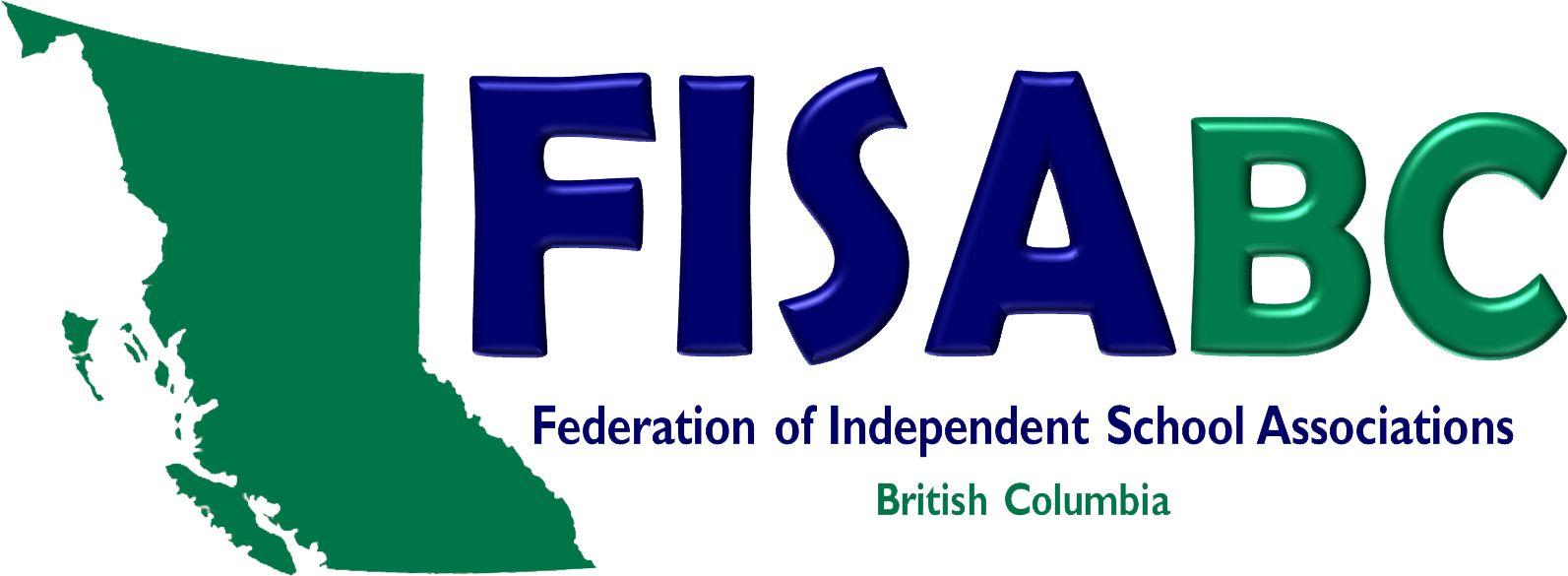
Most parents have heard of home-schooling. But not everyone has heard of DL schooling — a hybrid style that joins home-based learning with support from — and accountability to —a traditional school.
DL — which stands for “Distributed Learning” — is a growing opportunity in BC where some 40,180 students are enrolled in a combination of public and independent DL programs. This group represents almost eight percent of the student public. And that number increases to 70,000 — or more than 12 percent — if you include all students who are taking at least one DL course.
Lisa Clarke, who chairs the DL committee for FISA and who is principal of the West Coast Adventist DL school says that parents choose distributed learning for a wide variety of reasons.
For some, the motivation is faith-based. There may not be a faith-based brick-and-mortar school in their community, and DL helps meet that need. For others, their children have complicated schedules that would make traditional schooling close to impossible. “Any kids who are in elite sports such as figure skating might fall into that category,” Clarke says. For still others, mental health issues such as anxiety keep them out of a typical school. And for a smaller and more mobile group, the family may wish to travel or live abroad and yet remain connected to the BC school system.
Traditional DL schools all have a learning management system, according to Clarke. This system allows parents can log in, so they have access to school support. They have contact with a teacher at least once a week with some schools offering live classes with such web-based services as GoToMeeting or Zoom. But how the particulars work differs from school to school. “It’s truly a blended program, but it gives parents more flexibility,” Clarke says. “The biggest benefit is it allows them to work at the student’s pace. That doesn’t typically happen in a brick-and-mortar school where you’re forced to go at the pace of the majority of the class.”
Interestingly, DL students have little problem adapting to university for two reasons. First, if they graduate in BC, they have their Dogwood — the official high school graduation certificate. More importantly, they’ve learned how to meet deadlines, how to set goals and how to manage their time. “No one is standing at the front of a classroom to deliver it to them,” Clarke says. “That’s why these students are well prepared for a university setting.”
Technology is a large part of what’s helped make DL programs possible. Students can now do such things as “a virtual frog dissection,” and even everyday tech such as Facebook or Facetime makes it easier for students to collaborate.
And for anyone who’s concerned about accountability, Clarke reminds them that DL schools are actually more accountable than the bricks-and-mortar ones. The latter category receives full inspections only every six years and monitoring visits every three.
For DL schools, there’s either a full inspection or a monitoring visit every year. “There’s quite a bit more oversight,” she says. “I’m not saying that’s a bad thing. I’m just emphasizing that some people think that DL schools are fly-by-night. In fact, DL is highly regulated.”
